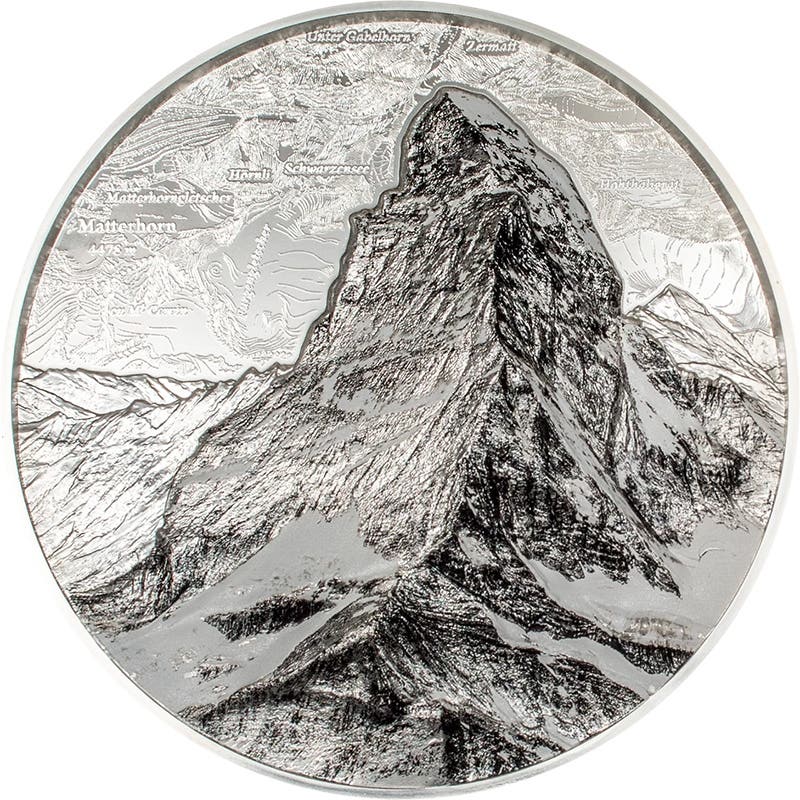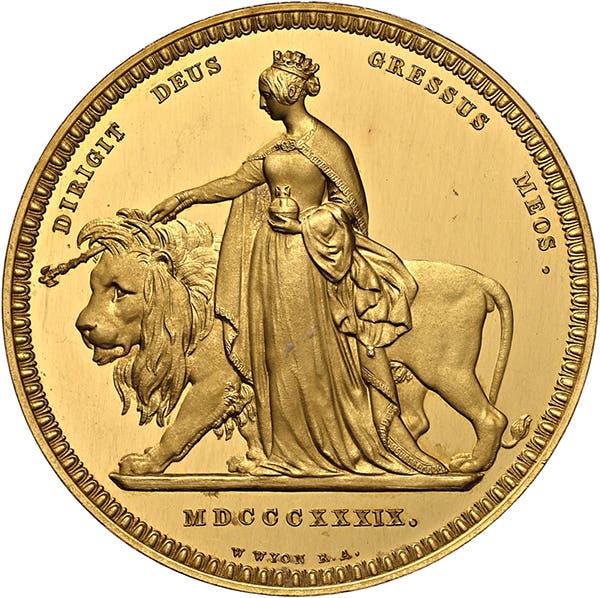Heritage calls $2.6 million auction
The Hong Kong International Numismatic Fair in late June saw Heritage Auctions offer both world and ancient coins in its Signature sale. When the dust settled on June 29, the…
The Hong Kong International Numismatic Fair in late June saw Heritage Auctions offer both world and ancient coins in its Signature sale. When the dust settled on June 29, the sale had realized a total of $2,609,235 for a clearance rate of 95.7 percent. Three lots had taken six-figure sums, with 43 scoring in the range of $10,000-$99,999.
Chinese rarities were to the fore, with the top price going to an exceptional proof-like Kuang-hsü silver 50 cents of 1899 (KM-Y144A, Kann-76). This is acknowledged as the rarest Kiangnan coin, and the example here is the finest known, grading MS-62 by Numismatic Guaranty Corporation. On an estimate of $250,000-$300,000, it was easily bid up to $312,000. That price compares favorably with the two other sales in the past 10 years, both of AU-graded examples: $150,000 in 2010 and $210,000 in 2014.
A rare Republic gold pattern dollar of Year 12 (1923) took $108,000. Struck at the Tientsin Mint, the obverse shows a proposed but unadopted national emblem of Dragon and Phoenix (KM-Pn70; Kann-1575). It came graded NGC MS-64.
And another late 19th century rare Kuang-hsü silver 50 cents took third place. This was the finest-known Chekiang 50 cents from the Hangchow Mint, ND c.1898-99 (KM-Y54; Kann-120). Complete with a glistening mint luster and just “a light spray of patina,” it came with an NGC MS-67 rating. In the circumstances, the price of $105,600 was not unexpected. The next highest-graded example known, MS-65, sold for $70,000 in 2011.
All the above pieces came sourced from the W&B Capital Collection.
Among cash coins, a choice example of an elusive Northern Song Dynasty 29.9 mm, 7.4 g, “Jing Kang Tong Bao” 2 cash of Emperor Qin Zong (1126-27) went for $13,200 on a $5,000-$7,000 estimate. It is unlisted in Schjöth.
A People’s Republic 36-piece year set of NGC-certified gold one-ounce Pandas walked out the door for $55,200.
Top-selling lot among non-Chinese coins was an extremely rare Korean Kuang Mu cupronickel 5 chon of 1902 (KM-1122). This was a period when the affairs of Korea were dominated by Russia, and a Russian imperial eagle features on the obverse in place of a Japanese dragon. Like the corresponding 1 chon and 1/2 won, the 5 chon is a one-year type. With only four or five examples having been offered in the past 10 years, and certified NGC AU-58, that on offer proved something of a steal by fetching $24,000.
A price of $19,800 was paid for a Cambodian Norodom I proof medallic piastre of 1860 (KMX-M9) in PCGS PR64+.
Full details of lots sold and prices realized are available online at www.ha.com.
This article was originally printed in World Coin News. >> Subscribe today.
More Collecting Resources
• The 1800s were a time of change for many, including in coin production. See how coin designs grew during the time period in the Standard Catalog of World Coins, 1801-1900 .
• The Standard Catalog of World Coins, 1901-2000 is your guide to images, prices and information on coinage of the 1900s.









